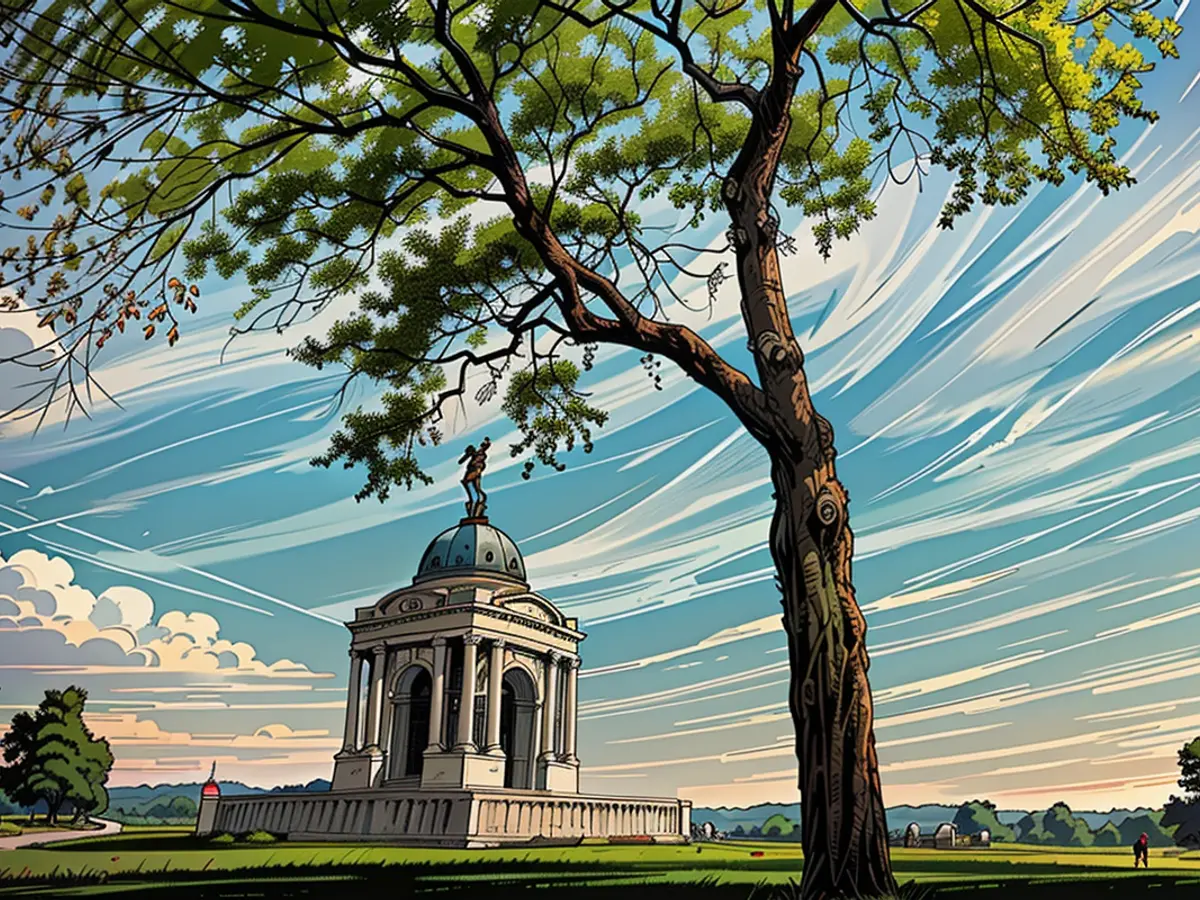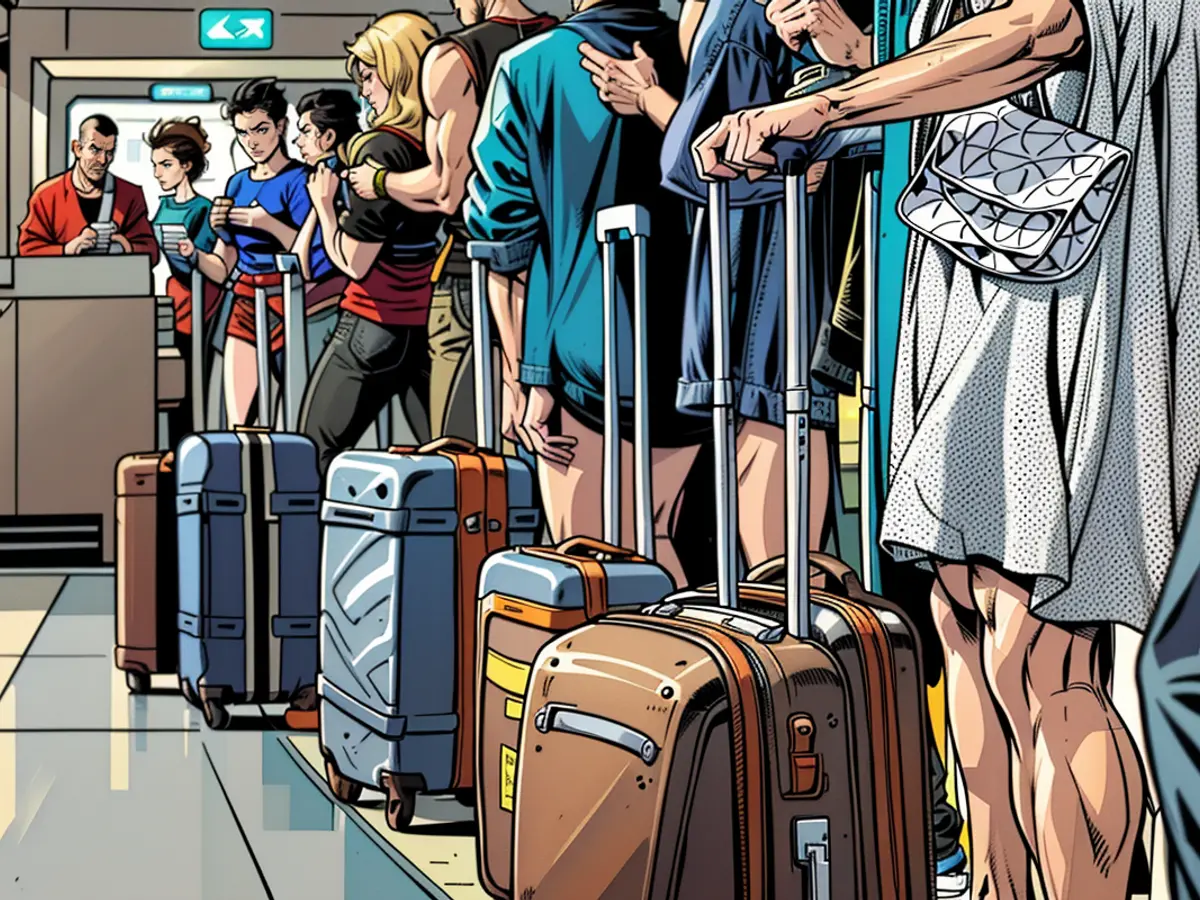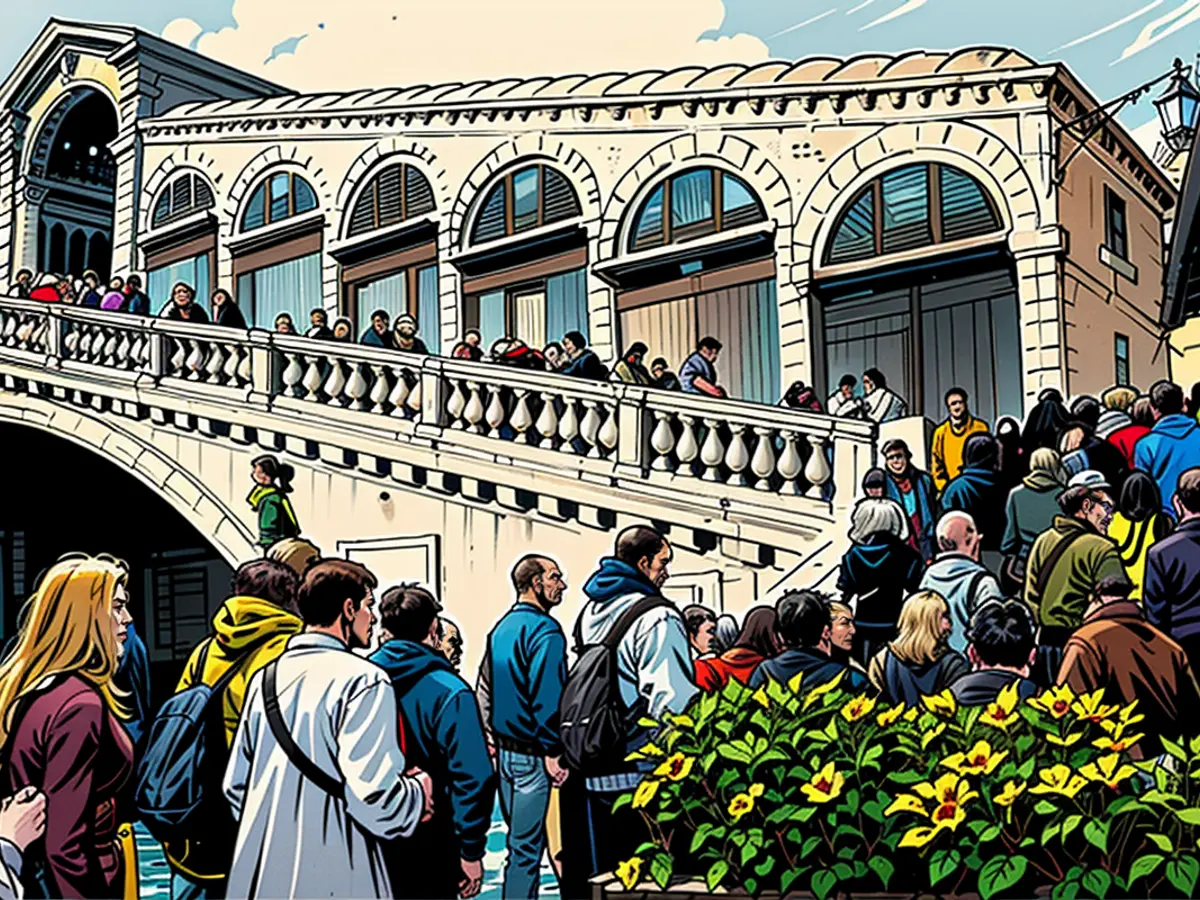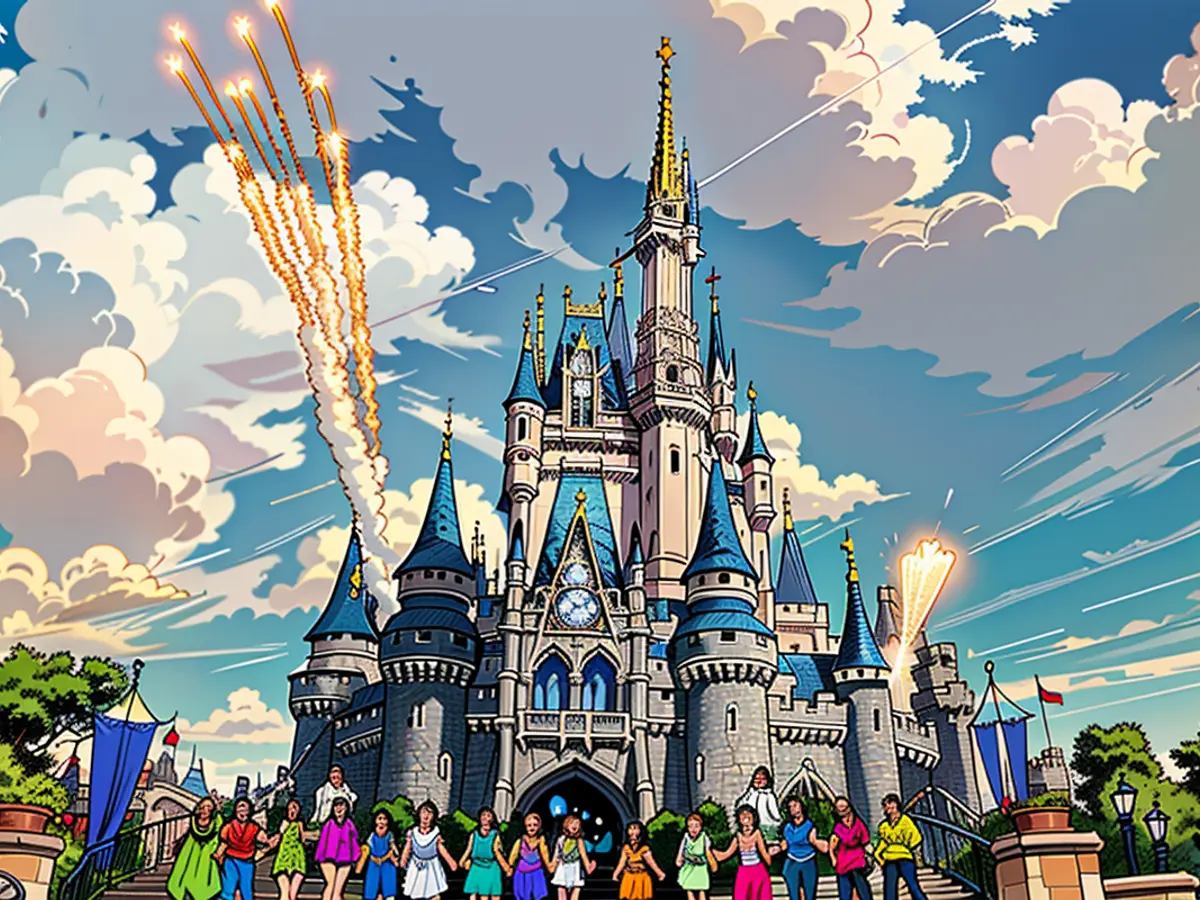Gettysburg National Military Park experiences damaging acts of deliberate defacement
A post from the National Park Service on August 21 revealed that some individuals, likely multiple, had defaced the War Department Observation Tower and a large stone nearby over a few days through spray painting and carvings.
"It was disheartening to learn about these incidents of damage happening so close together," Park Superintendent Kristina Heister commented. "We were worried that the markings on the rock might persist for future generations."
Fortunately, park employees were able to erase all signs of the vandalism.
A pre-restoration photograph of the rock that was shared on Gettysburg Battlefield's social media seemed to show the names Jayce and Maddie, a heart, and the date 9/13/20 etched into the rock, along with other inscriptions.
Heister expressed gratitude towards the workers who cleaned up the mess and those visitors who reported the damage.
She also mentioned that while the vandalism didn't lead to lasting destruction, the National Park Service was still keen on identifying the perpetrators.
"We can't do it alone," Heister emphasized. "The desecration of priceless historical objects and landmarks that belong to all Americans should concern everyone. We all share the duty of protecting and preserving this unique location, and everyone plays a role as a guardian of the heritage, history, and resources of Gettysburg during their visit."
Vandalism at national parks in the US is not an unusual occurrence, nor is enlisting public assistance to apprehend the culprits.
In 2020, a Canadian man who had tagged "Steve & Lacy" on rocks and historic structures in California's Joshua Tree National Forest admitted guilt and offered an apology after a friend spotted the graffiti on social media.
More recently, rangers at the Grand Canyon, which is the second most visited national park in the US, issued a stern warning against attaching "love locks" to structures at the Arizona park.
Not only do these locks burden the structures, but when people discard the keys into bodies of water, endangered California condors, who reside in the park and are drawn to shiny objects, end up consuming the keys, causing illness and sometimes requiring surgery.
While many people consider "love locks" a symbol of love, the National Park Service views them as graffiti and litter.
"Love may be powerful," the Grand Canyon stated on Facebook, "but our bolt cutters are more powerful."
The news of the vandalism at Gettysburg Battlefield sparked concerns about the impact of such actions on historical artifacts for future generations. Travelers visiting national parks should be aware of the consequences of defacing historical landmarks, as seen with the Canadian man in Joshua Tree National Forest.
Vandalism at Joshua Tree National Forest led to a Canadian man admitting guilt and apologizing for tagging rocks and historic structures with "Steve & Lacy", highlighting the need for travelers to respect and preserve historical sites for everyone's benefit.
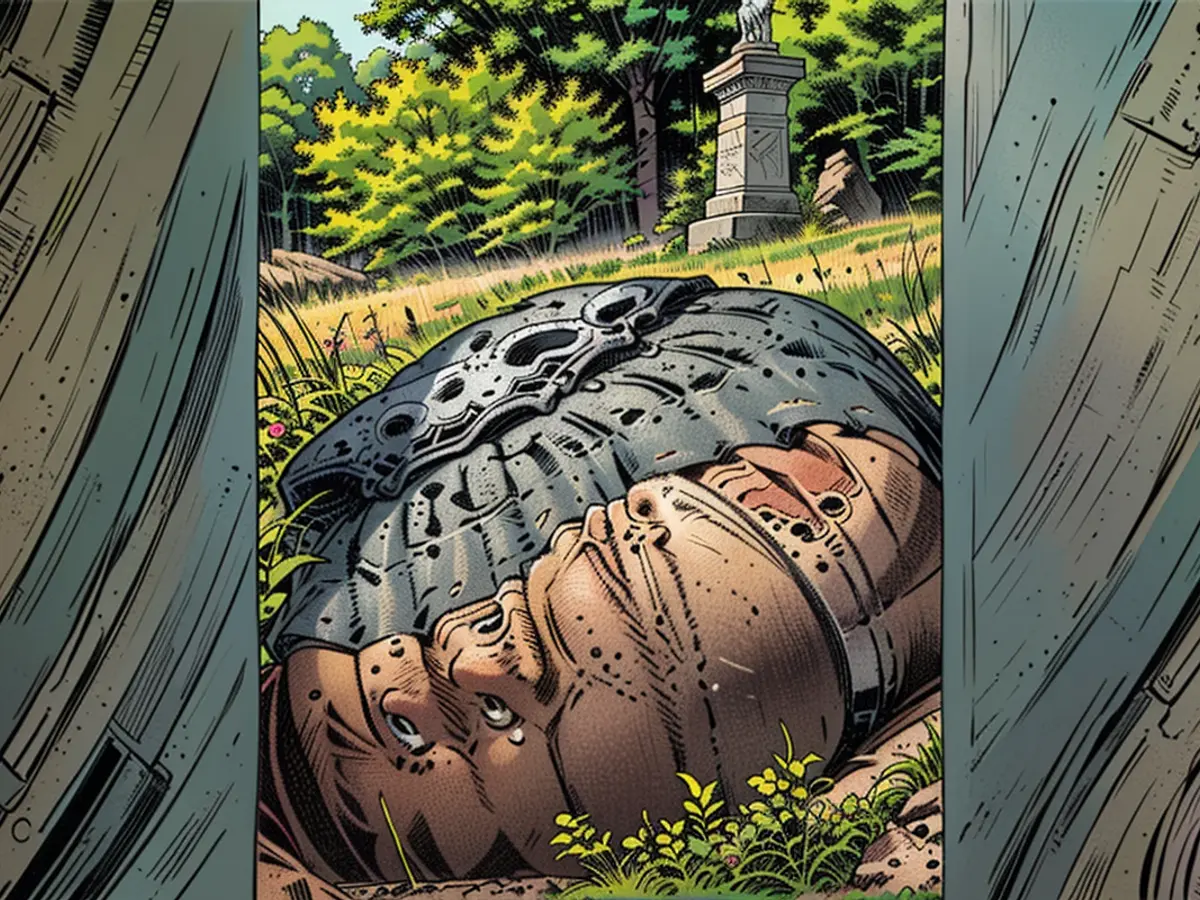
Read also:
- Fear of escalation in the Middle East: US Secretary of State Blinken travels to the region again
- Government circles: US Secretary of State Blinken to travel to Middle East again
- Bridging days 2024: How you can double your vacation this year
- Germany has wanderlust: how tour operators and airlines are looking ahead to the next travel year
